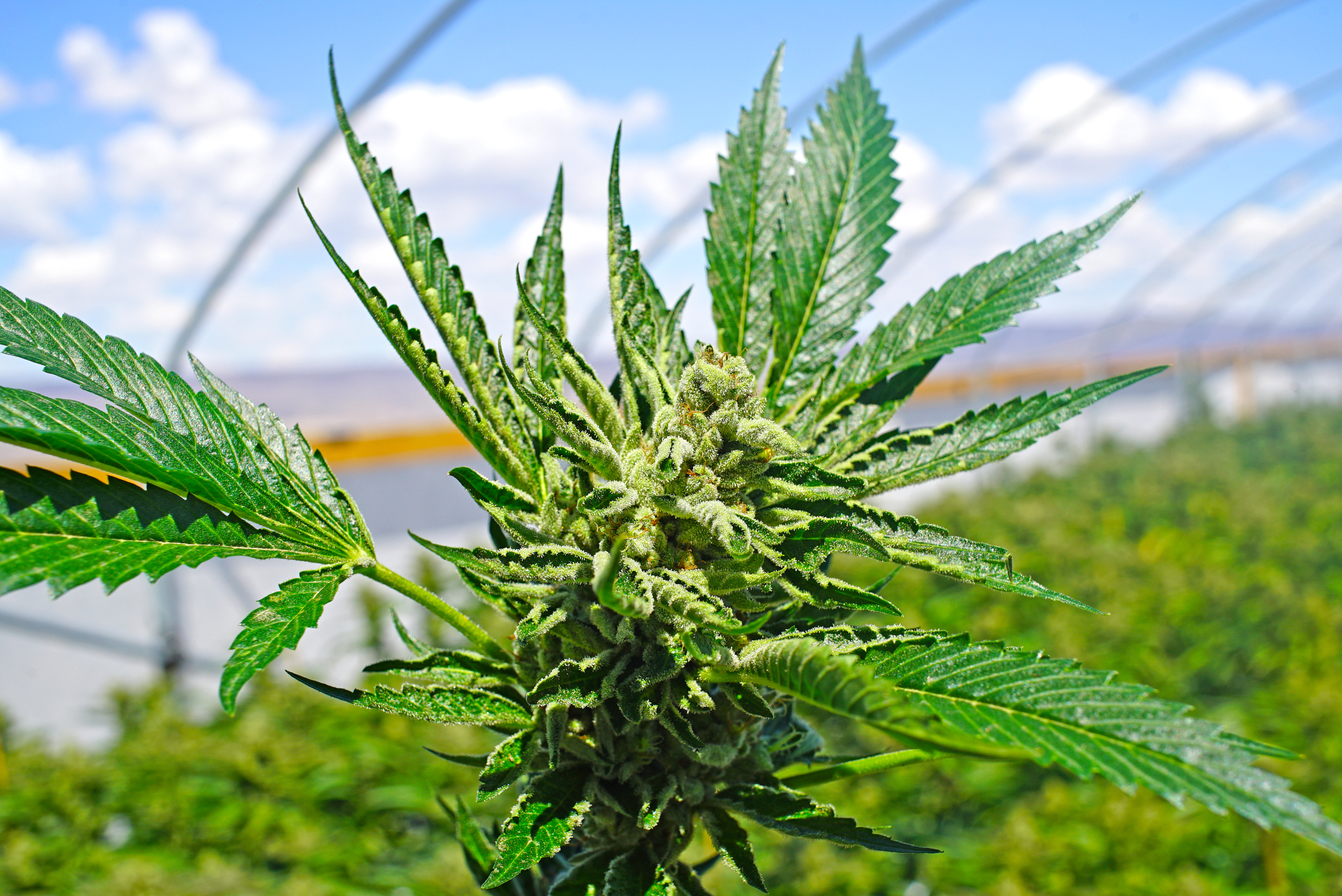
Money for research is a precious gift in a world just beginning to accept the idea that there might be a lot more to cannabis than getting stoned.
The National Center for Complementary and Integrative Health — part of the National Institutes of Health (NIH) — announced in January 2019 that $1.5 million in grants would be awarded to researchers studying how non-THC components of marijuana affect pain.
While $1.5 million is a typical amount for a five-year study from the NIH, that amount represents a stark change for researchers who have struggled to find any funding for cannabis research.
“It’s actually a big deal,” said Daniele Piomelli, director of the Institute for Study of Cannabis at the University of California, Irvine. “This is now a new interesting situation. They are looking at cannabis as part of integrated medicine.”
Being able to pay for new studies in pain treatment is a difference-maker because, as Piomelli said, studies “take years of prep and that discourages a lot of people. I have to know there’s a good reason to do it because the red tape is a huge hassle.”
Much of the cost of a medical study goes to the direct cost of paying the people doing the research, followed by the actual research itself, including materials and equipment, and additional costs depending on whether animals or people are involved. Then there are the indirect costs of rent and utilities, biohazard service, administrative fees and various overhead expenses.
What $1.5 million ultimately buys in research can mean different things.
“In science and medicine ‘what you get’ for this investment is scientific productivity,” said neuroscientistAdie Wilson-Poe, Ph.D., a researcher at Washington University in St. Louis and a science adviser to Weedmaps. “Productivity is essentially measured by the number of publications or scientific journal articles you can author.”
She says one or two published studies could be achieved on more complex work, and as many as eight studies could be published with shorter, more narrowly focused work. Pelin Thorogood’s private organization, the Wholistic Research and Education Foundation, funds research. She said she welcomes the announcement and believes additional funding will lead to quicker answers to a lot of the questions recent research has raised.
“We’re trying to understand why it doesn’t work for everyone. Why it works differently for different people,” she said. “We need to better understand dosage for people.”
We’re trying to understand why (cannabis) doesn’t work for everyone. We need to better understand dosage for people. Click To Tweet
Jeff Anderson, a professor of radiology and imaging sciences at the University of Utah researching how cannabis works on the brain, also sees opportunity.
“Some of the basic questions are more accessible for cannabis research, whereas for cancer they are asking more specific questions,” Anderson said. His work is not being sponsored by an NIH grant 2019, but he says he’d consider it a year or two from now.
“We’re using state-of-the-art brain imagery, while others are using animal research,” Anderson said. “It’s complex, expensive research that will take some time to mature.”
Piomelli also believes $1.5 million might not go far enough for some research.
“We should applaud the NIH is bringing it to this level of attention,” he said. “Animal research on either THC or CBD would go far, but clinical research with people is a lot more expensive. The costs are added by multiple factors. In my experience, $1.5 million could accomplish something, but the studies I’m looking at cost $3 million.”















